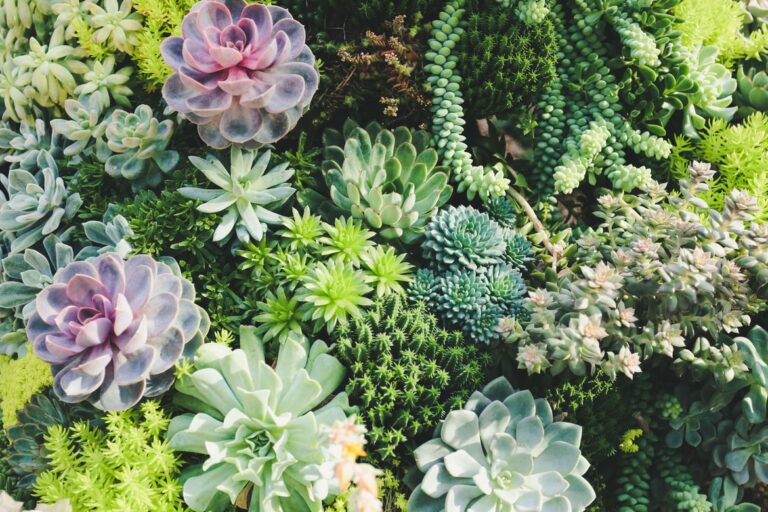Succulents are quite easy to maintain, because they adapt to different weather conditions. They will not require too much care, you will not have to water them often and dedicate a lot of time to them. In addition, they have a very interesting look that will not leave anyone indifferent, which is why they are a great part of any decoration. These are just some of the reasons why they are so popular among plants, and also have the ability to protect against harmful radiation.
So, they simply absorb harmful rays thanks to the conditions of their natural habitat. Since they come from deserts and dry steppes, many are not sure how to maintain them during the winter days. All you need to do is pay attention to a few things, such as temperature and water, and we have selected a few useful tips for you.
1. Moderate watering
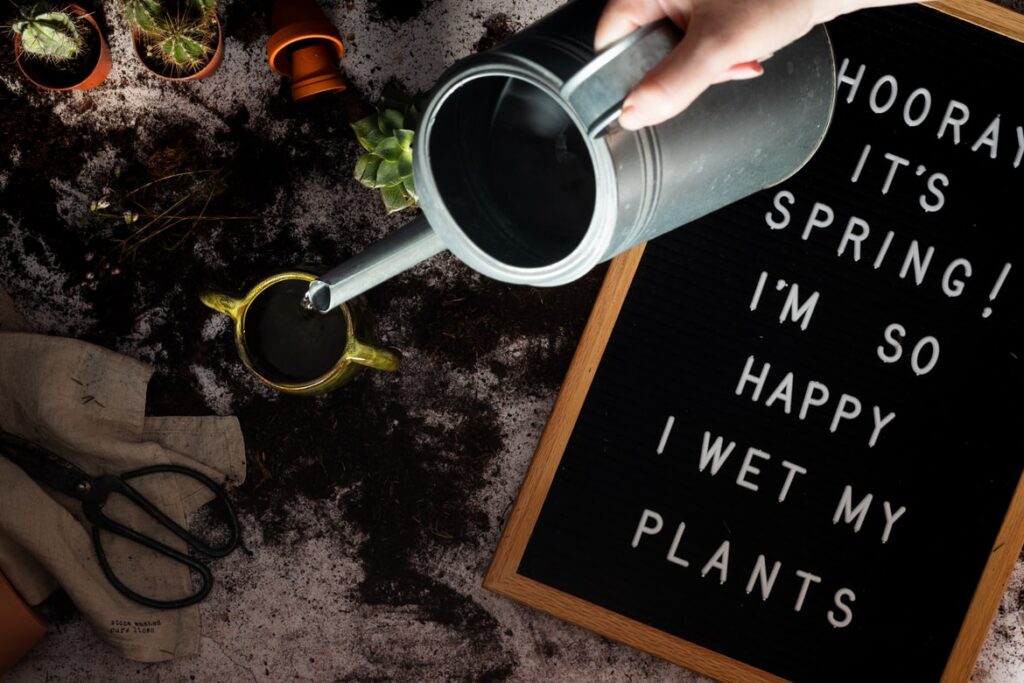
You try to water the succulents very little, that is, just enough to keep the soil moist. Also, do not do it often, but only when they need water. You will notice this by following the symptoms of the plant. For example, dry soil and leaves indicate that your succulent needs more water than you give it.
However, succulents love a dry climate and therefore thrive in dry areas. Do not forget about their nature, because they belong to desert plants. Their ends are characterized by a lack of water and plenty of sunlight, so provide them with appropriate conditions. In this way, you will enable him a comfortable life and development.
2. Enough light
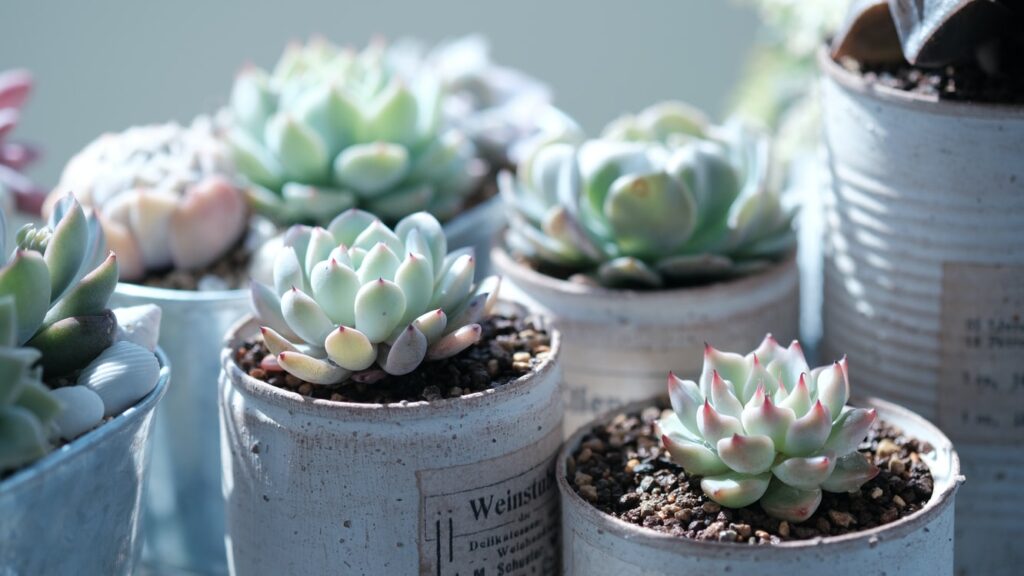
Sunlight is another crucial factor in all plants, not just succulents. However, it is especially important for them not to stay in dark places. For example, a cactus that is placed in a corner of your home that is difficult for light to reach can wither very quickly. If you live in a climate where there are not so many sunny days during the year, try to find a place with the most light, because only then will your plant stay healthy even during colder days.
The ideal position is the southeast side. We must mention the importance of artificial light in this case. It can help a lot, because you can find light bulbs that will compensate for the lack of light during the winter. Of course, they cannot replace natural light, but they represent a quick solution that will serve until spring.
3. Appropriate temperature
The temperature does not have to be high for succulents to survive the winter. They will have good enough conditions at room temperature, and green succulents proved to be the best. The greener your plant, the more the interior will suit it. For example, some other species such as gray, blue or purple plants find it difficult to thrive in such conditions. Some varieties require special attention in winter, such as echeveria, crassula, and aloe vera. If you do not have enough time for them, you better stick to varieties that are more adaptable to sudden weather changes.
4. Container with holes
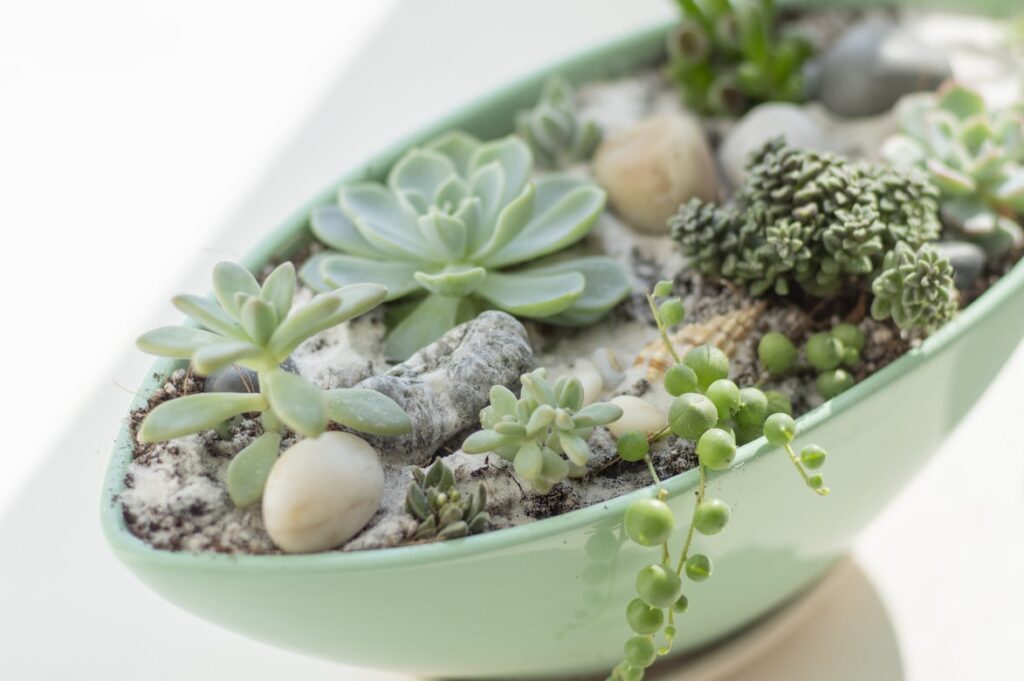
There are containers of different shapes, sizes and designs on the market. You can check how different containers look like at succulentmarket.com. That’s why you can always find one that will fit into your interior. However, more important than its appearance is its functionality. Remember that only a container that has holes in the bottom is functional. Otherwise you are in danger of a serious catastrophe. This will increase the chances of rot.
The reason is excess water that eventually settles to the bottom and spoils the roots of the plant. Therefore, drainage holes are recommended, which are otherwise smaller than a decorative vessel that has no holes. Don’t forget the soil mixture, which is made especially for cacti and succulents. When watering the plant, take it out of the decorative pot and be patient. Only return it when the excess water has drained.
5. Spraying
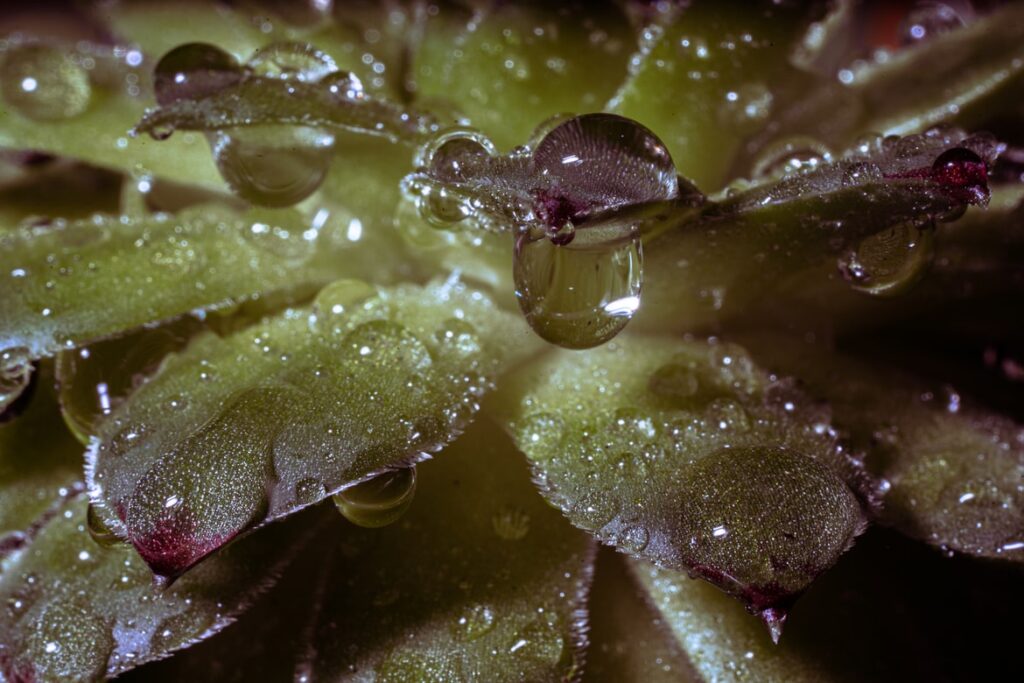
When we mention watering, there is one better method than classic watering. Try spraying the plant instead of watering. Since these plants do not require too much water to survive, and excessive care can only damage them, spraying is the best option. It is an opportunity to maintain the plant, without thinking about whether you have watered it too much and whether all the water has come out. Of course, too little water is also harmful to the plant. So don’t wait too long before watering it.
She may be without water for weeks or even months, but it will be seen on her. They can’t survive with just a few drops occasionally, because they can’t keep excess water in their leaves or thorns for so long. One of the clear indicators of drought is the collection and rejection of leaves. Observe the land and you will know when to water it. Dry soil requires automatic watering while wet soil can still stand.
6. Enough space
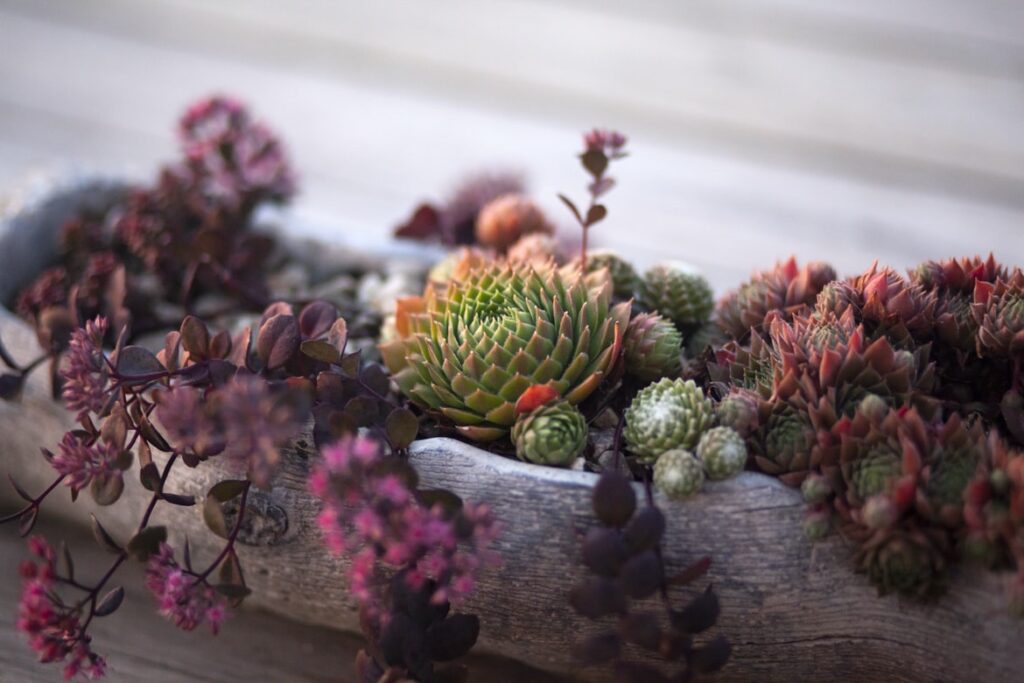
Of course, there are never too many succulents, but only if you keep them separate. There can be several succulents in the same pot that are properly separated and have enough space for development. However, too many succulents in the same pot is not good. Although you can see beautiful arrangements of succulents everywhere that are even piled on top of each other, that is not good. They do not have the conditions for development and progress and would wither very quickly. They may be more resistant than other plants, but if you compact them too much they will not have enough resources such as water and nutrients from the soil. Of course, do not put succulents with any other types of plants. They require a completely different need for care.
Conclusion:
We are sure that there is no person who does not have at least one succulent in their collection of plants. These are mostly cactus collections, but don’t let winter stop you from doing so. Remember they need very little. It is enough to keep the temperature under control and not to water them too much. Of course, it is important that you give them a lot of love every day

